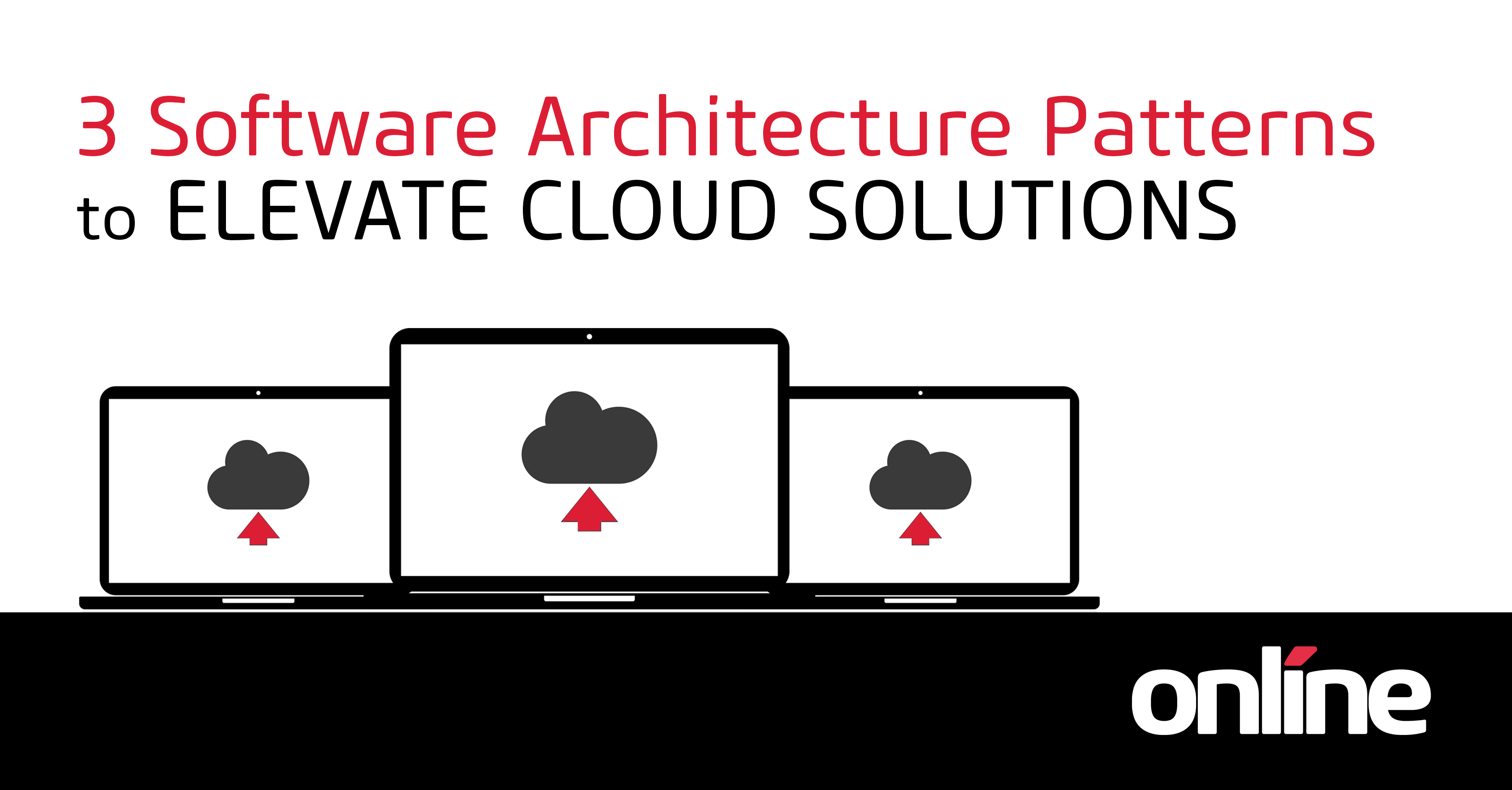Bruce Leppky
More and more, it is becoming critical for organizations to ensure that project  investments deliver on their expected outcomes. Projects exist primarily is to provide some element of business improvement or new capability, resulting in benefits to the organization. This prompts an important question – do your projects deliver their proposed business change and expected benefits?
investments deliver on their expected outcomes. Projects exist primarily is to provide some element of business improvement or new capability, resulting in benefits to the organization. This prompts an important question – do your projects deliver their proposed business change and expected benefits?
Unfortunately, too often the answer to that question is not a good one. Over the past number of years, publications such as PMI Pulse of the Profession have reported that organizations are failing to realize the expected benefits or intended business outcomes of their projects.
After 30 years of project delivery, I find myself regularly asking if the projects I’m working on have delivered on their intended benefits. Sometimes the answer to that question is difficult to answer.
Two common reasons for this are:
- The team has disbanded: When a project is complete and the team is dis-banded and working on other projects, no measurement or follow-up is done to evaluate whether the benefits are being realized. The reasons for this could be the effort involved in terms of resources and time, but most likely it is because there simply isn't a benefits realization function in the organization.
- Benefits weren’t defined at the outset: On some projects the benefits were not properly defined for measurement and evidence at the outset of the project. Benefits are quite often defined as deliverables such as “implement a customer portal” or “develop an automated payment solution.” In other words, the “thing” is considered the benefit, as opposed to what the benefit will actually provide in tangible, measurable business terms (e.g. A 10% decrease in operating expenditures, etc.).
To start addressing how to improve benefits realization, organizations should be considering formal benefits management. While this post is not intended to provide a detailed benefits management description, I am going to introduce some key considerations to start with when considering benefits realization.
First off, there are two terms that require definition to properly discuss benefits management:
- Benefit – The measurable improvement from change, which is perceived as positive by one or more stakeholders, and which contributes to organizational (including strategic) objectives.
- Benefits Management – The identification, quantification, analysis, planning, tracking, realization, and optimization of benefits.
Managing Benefits, Steve Jenner (APMG International)
Benefits management is not intended to be a separate initiative, but rather it is meant to leverage existing business planning activities to more effectively align projects with corporate objectives. Activities such as strategic planning will define key strategic and corporate objectives. Achievement of these objectives would then occur through the benefits being delivered through business changes coming out of a project. In this context projects should be planned to align to corporate objectives and their respective benefits and business changes. This creates a new way of approaching projects – one where they are defined to provide outcomes/deliverables that “enable” business changes, which in turn deliver benefits to the organization to meet their corporate objectives.
In addition to aligning benefits with strategy, a key foundational principle to Benefits Management is to adopt a benefits-led approach which starts with the end in mind. This approach is a significant change from traditional planning in that:
- The scope of initiatives (projects) are correlated to the business changes (people, process, or technology) needed to the realize the required benefits
- The project’s objectives are now to provide the enablers and capabilities which are essential to deliver the business changes necessary to realize these benefits.
By considering projects in this way, there is clear alignment between projects, business changes, benefits, and corporate objectives.
Another by-product of this method is that projects are typically technology-focused and often do not consider organizational (people) and business process changes. By formally defining the business changes necessary in all areas, these key non-technical contributors get identified and included in the proper program/project plan as key enablers.
By taking a benefits-led approach, program and project planning is dependent on the outcomes of existing corporate strategic planning and the identification of the necessary business changes. This means that benefits are defined and their required business changes are analyzed and specified. This also means that project/program scope are now driven and led by needed benefits. This provides a clear line-of-sight of what each project/program is delivering and how they ultimately contribute to the corporate objectives.
While there are many other aspects related to benefits management which need to be considered, changing to a “benefits-led” approach is a key first step. Is your organization considering benefits management as a mandatory requirement to ensuring that projects are delivering on their intended business outcomes? If not, you may want to consider it before planning your next project or program.
Bruce has over 30 years of project and program delivery experience and is a Certified Benefits Management Practitioner (APMG International). If you are unsure about where to start integrating benefits management into your project planning feel free to leave a comment below!




Submit a Comment